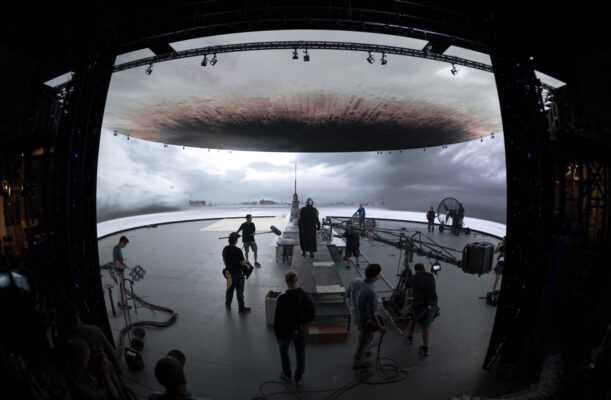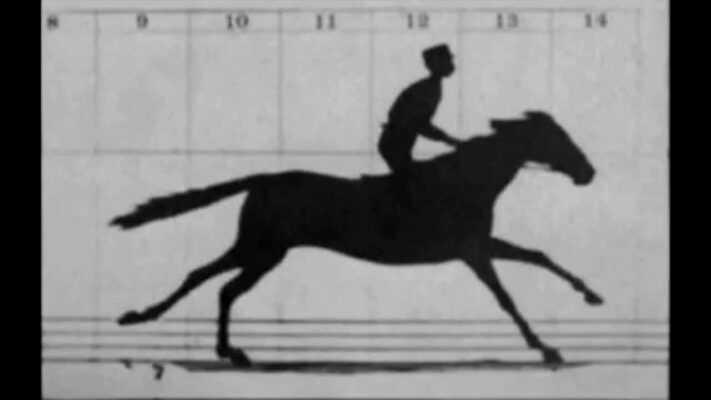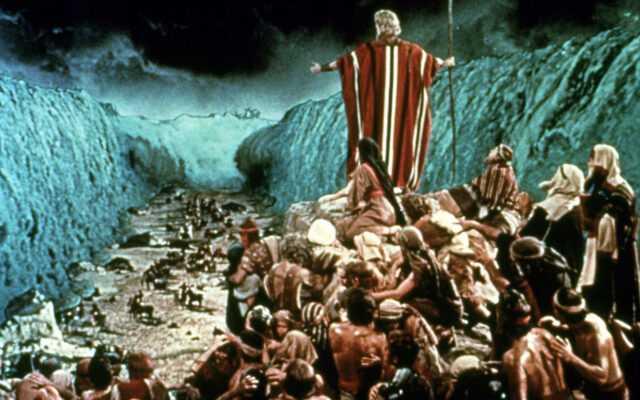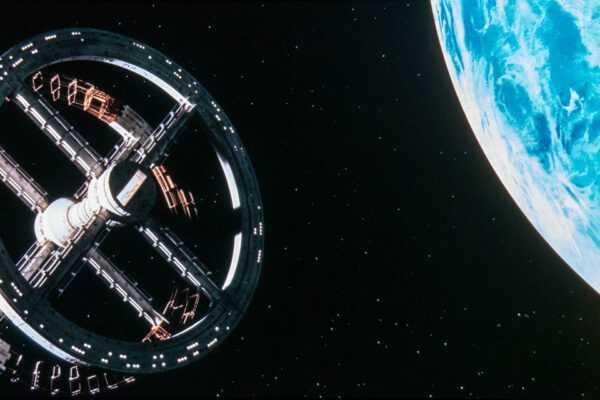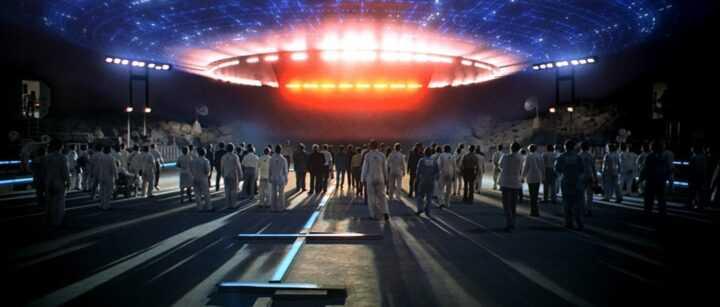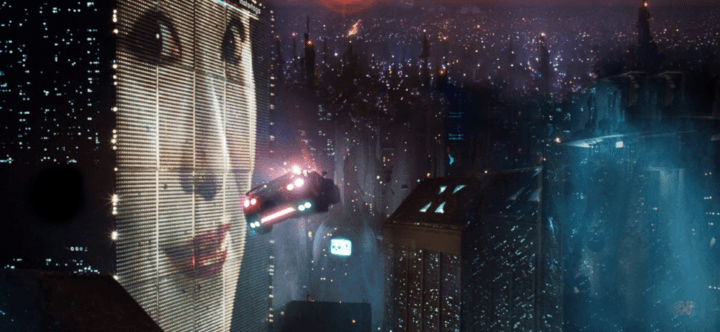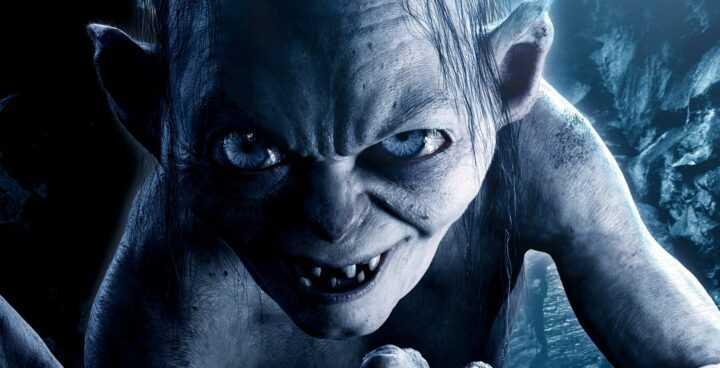Explore the World's Best Ideas
Join today and uncover 100+ curated journeys from 50+ topics. Unlock access to our mobile app with extensive features.
Visual effects in movies
From the earliest days, films use visual magic to create illusions and trickery.
Special effects in film help to create elements that are unrealistic. Film first relied on practical effects, but now most of the effects are designed with a computer. Whereas visual effects were often seen as decoration, it is now becoming central to many blockbusters.
10
221 reads
How the earliest effects were produced
Visual effects were created using in-camera effects, such as jump-cuts or superimpositions, miniatures, back projection, and matte paintings.
- A precursor of animation was by Briton Eadweard Maybridge, who photographed The Horse in Motion in 1878. He photographed frame by frame how a horse's hoofs were off the ground at the same time.
- In 1902, magician George Melies developed the art of magical special effects that he perfected and used in later films.
9
58 reads
The optical printer and colour
The optical printer was an important innovation in special effects photography. It was first used to make copies of films for distribution, but Linwood G. Dunn refined the design and showed that it could be used to combine images to create new illusions.
Colour enabled matte techniques such as bluescreen and the sodium vapour process. The 1939 Wizard of Oz is considered the first colour film.
9
54 reads
Special effects during the 1950s
The many new special effects developed during the 1950s increased the level of realism possibilities in science fiction films.
Forbidden Planet (1956) used matte paintings, animation, and miniature work to create alien lands. In The Ten Commandments (1956), the crowds in the Exodus scenes were multiplied with careful compositing. The Red Sea was a combination of travelling mattes and water tanks.
9
51 reads
The 60s brought remarkable practical effects
- Jason and the Argonauts (1963) depicts the infamous skeleton battle scene.
- In 1968, 2001: A Space Odyssey, the shots of spaceships were combined through hand-drawn rotoscoping and motion-control work, creating elements that combined precisely in the camera.
- Hidden wires, mirror shots, and large-scale rotating sets helped set zero-gravity scenes.
- A new technique termed slit-scan was used for the voyage through hallucinogenic scenery.
9
49 reads
Advancements in special effects in the 70s
- The number of effects in Star Wars was staggering.
- 1973s Westworld was the first to use 2D computer animation.
- Superman from 1978 used bluescreen and smart camerawork that took filmmaking to another level.
- Visual effects supervisor Douglas Trumbull developed his own motion system and created an intentional "lens flare" to make shapes of flying saucers.
9
46 reads
Visual effects in the 80s
In the 80s, Blade Runner featured a futuristic city with flying cars and floating advertisements.,
Star Trek 2: The Wrath of Khan was the first film to feature a computer-generated scene. Immediately after, the first computer graphics elements were featured.
9
45 reads
The 1990s opened up new possibilities
- The 90s opened up new possibilities using Computer-generated imagery. It was now possible to insert life-like imagery by creating photo-realistic images of science-fiction/fantasy characters, settings, and objects.
- Motion capture technology featured in the 1990s, first seen in Total Recall (1990). Then Terminator 2:Judgment Day (1991) showed multiple visual effects shots.
- Toy Story (1995) showed that the distinction between live-action films and animated films began to blur.
9
43 reads
2000s and beyond: Pushing the boundaries
Visual effects in the 2000s revolved around trying to be more realistic and believable.
- Films like The Lord of The Rings infused an actor's performance onto a computer-generated creature. Other movies advanced this technology to new heights in facial and body motion capture.
- The Mandalorian used a new virtual camera system, allowing film scenes in a virtual reality environment as if it is filmed with physical cameras.
9
50 reads
IDEAS CURATED BY
SeaElEl 's ideas are part of this journey:
Learn more about movies with this collection
Cultivating a growth mindset and embracing challenges
Developing adaptive thinking and problem-solving skills
Effective learning frameworks and approaches
Related collections
Similar ideas
Read & Learn
20x Faster
without
deepstash
with
deepstash
with
deepstash
Personalized microlearning
—
100+ Learning Journeys
—
Access to 200,000+ ideas
—
Access to the mobile app
—
Unlimited idea saving
—
—
Unlimited history
—
—
Unlimited listening to ideas
—
—
Downloading & offline access
—
—
Supercharge your mind with one idea per day
Enter your email and spend 1 minute every day to learn something new.
I agree to receive email updates

